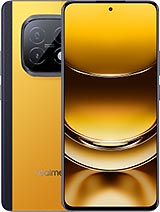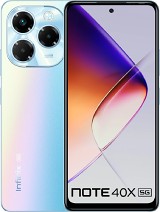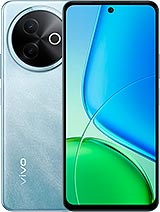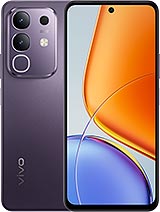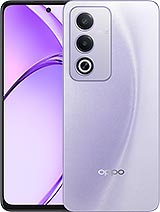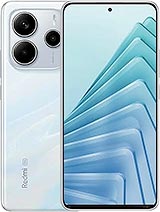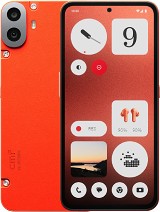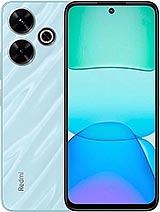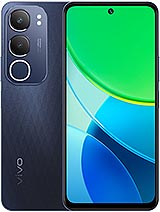Redmi 13 alternatives
Tap above to see alternatives.
Vivo Y29 alternatives
Tap above to see alternatives.
2x2.2 GHz Cortex-A78
6x2.0 GHz Cortex-A55
2x2.4 GHz Cortex-A76
6x2.0 GHz Cortex-A55
8GB 128GB (UFS 2.2)
8GB 256GB (UFS 2.2)
6GB 128GB (eMMC 5.1)
8GB 128GB (eMMC 5.1)
8GB 256GB (eMMC 5.1)
f/1.8, (wide), 0.64µm, PDAF
2 MP
(depth)
f/1.8, (wide), 1/1.95", 0.8µm, PDAF
0.08 MP
f/3.0
f/2.5, (wide)
f/2.0, (wide)
SIM1: Nano, SIM2: Nano (Hybrid)
SIM1: Nano, SIM2: Nano
FDD: N1, N3, N5, N8, N28
TDD: N40, N78
FDD: N1, N3, N5, N8, N28
TDD: N40, N77, N78
FDD: N1, N3, N5, N8, N28
TDD: N40, N78
FDD: N1, N3, N5, N8, N28
TDD: N40, N77, N78
In this comparison, the Redmi 13 with the Qualcomm Snapdragon 4 Gen 2 AE (4nm) performs better than the Vivo Y29 with the Mediatek Dimensity 6300 (6nm), thanks to its more efficient chipset.
The Redmi 13 offers 2 years of OS updates, while the Vivo Y29 provides 1 years. These phones will receive the same duration of security updates.
Both phones use LCD panels. They have the same 120 Hz refresh rate. Vivo Y29 also has a brighter display with 1000 nits, improving outdoor visibility. Notably, Redmi 13 has a higher resolution display, resulting in sharper visuals.
Vivo Y29 has a larger 5500 mAh battery for longer usage. Vivo Y29 supports faster wired charging at 44W.
Vivo Y29 offers better water and dust resistance with an IP64 rating.

